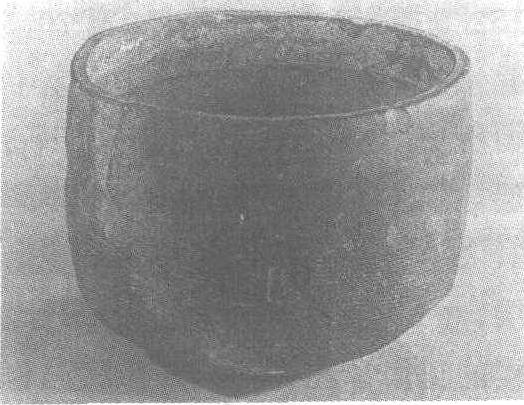“公区”陶量
战国·齐。通高17厘米,上口径20.5厘米。容4847毫升(小米)。相传山东省临淄出土。北京中国历史博物馆藏。“公区”陶量是战国时齐国通用的量器,用细泥灰陶土烧制而成,通体略有剥落。此器作圆桶状,广口、圆腹、敛底,腹壁刻直线纹,腹壁戳印有两处铭文,一处阳文:“公区”,一处阴文“蒦里人。”据《左传·昭公三年》载,齐国容量单位有豆、区、釜、钟。公豆、公区大概是齐国通用的量器。

| 词条 | “公区”陶量 |
| 类别 | 中文百科知识 |
| 释义 | “公区”陶量战国·齐。通高17厘米,上口径20.5厘米。容4847毫升(小米)。相传山东省临淄出土。北京中国历史博物馆藏。“公区”陶量是战国时齐国通用的量器,用细泥灰陶土烧制而成,通体略有剥落。此器作圆桶状,广口、圆腹、敛底,腹壁刻直线纹,腹壁戳印有两处铭文,一处阳文:“公区”,一处阴文“蒦里人。”据《左传·昭公三年》载,齐国容量单位有豆、区、釜、钟。公豆、公区大概是齐国通用的量器。
|
| 随便看 |
开放百科全书收录579518条英语、德语、日语等多语种百科知识,基本涵盖了大多数领域的百科知识,是一部内容自由、开放的电子版国际百科全书。